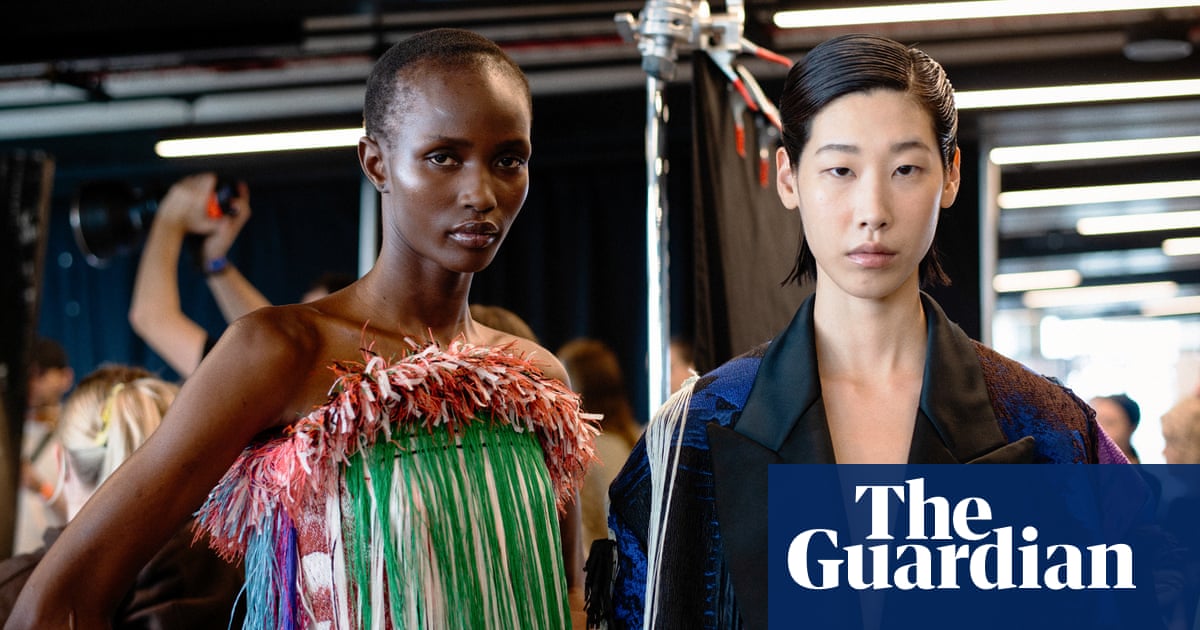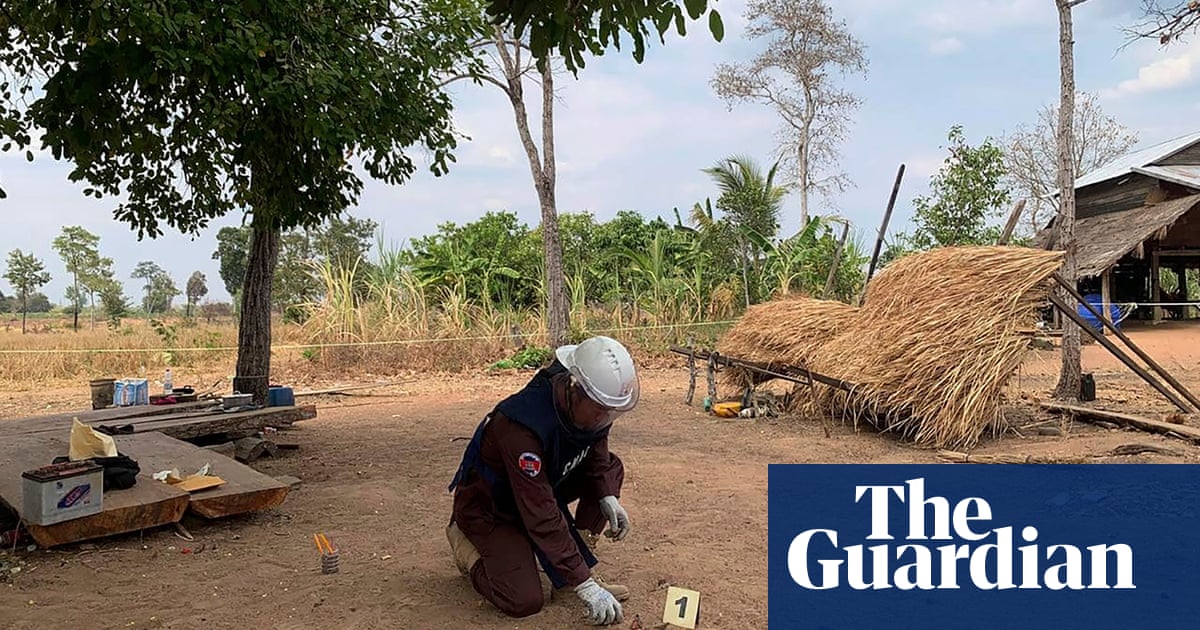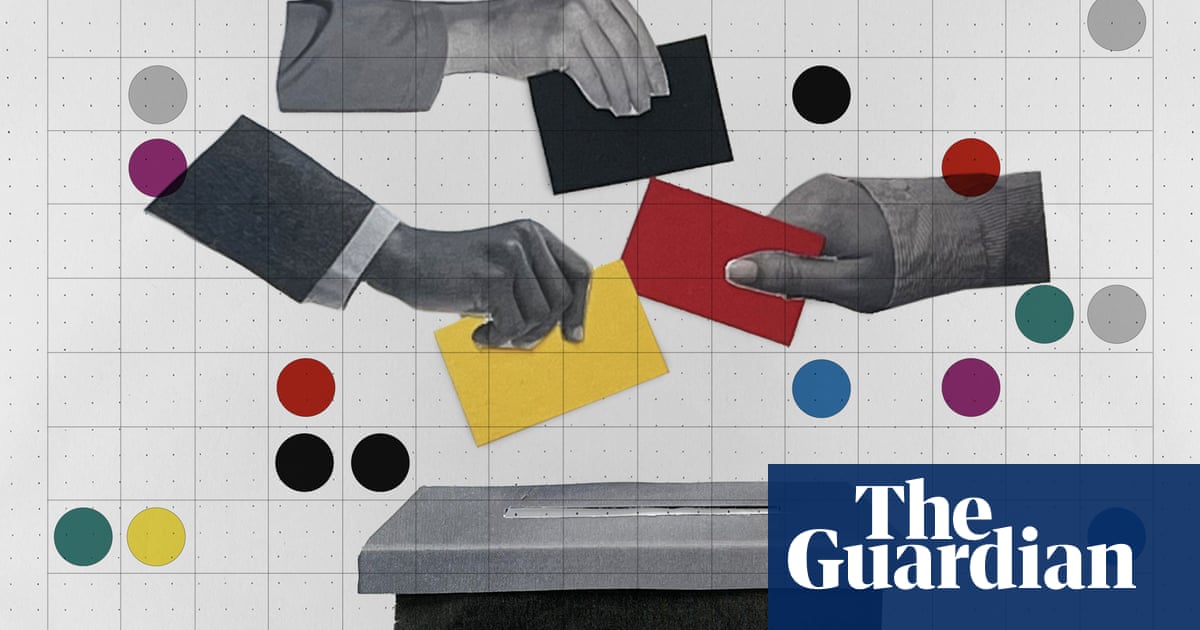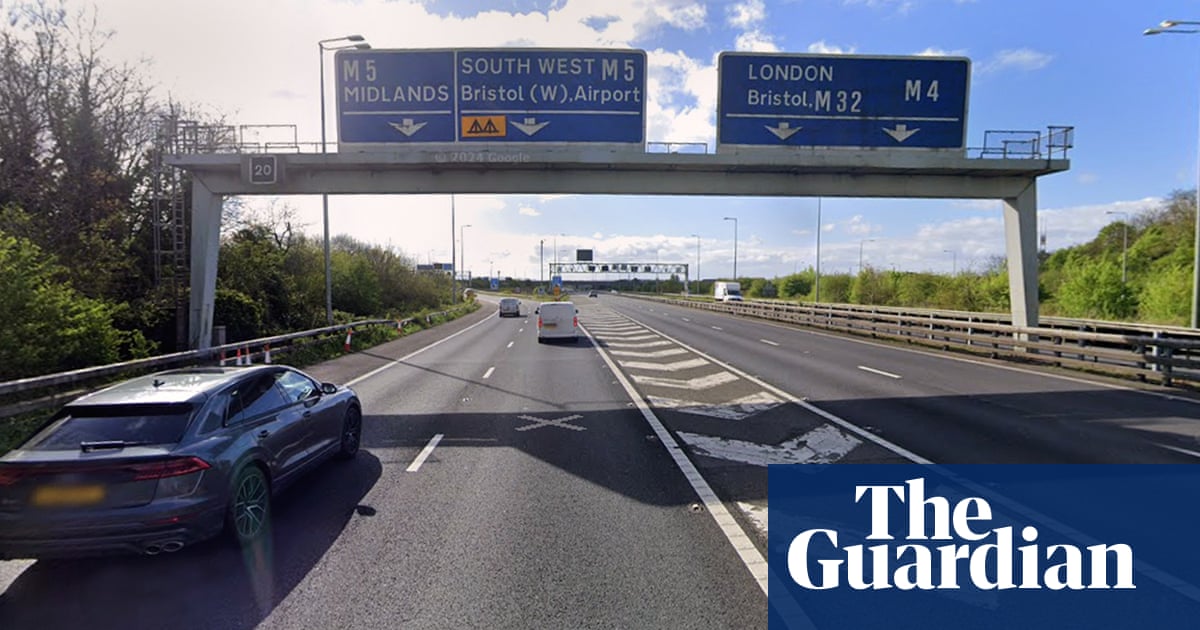Where can you find the author Daphne du Maurier and the sculptor Phyllida Barlow, along with the actor Tippi Hedren and the costume designer Edith Head? Only at London fashion week.
All four women were muses for designers on the third day of catwalks. Barlow’s uncompromising art was the inspiration at Roksanda, where vast ballgowns in bright felt wobbled perilously on the 16th floor of an empty brutalist office block, channeling the audacious spirit of Barlow’s teetering towers of fabric, rope, chicken wire or papier-mache.
The challenging spirit of the late Barlow’s toppling piles threatened to overwhelm those galleries brave enough to house them. Roksanda echoed this by placing fabrics upside down. Raffia was upended, with sea urchin tendrils spiking skyward rather than trailing to the ground. A coat, simple wool from the front, revealed upon turning a back view of fake fox fur reversed so that the tufts reached upwards. Sequins were the size of Pringles. The effect was of topsy-turvy drama, as if the models might at any moment be set off balance by their outfits and capsize.
Barlow made art out of old cardboard boxes and waste fabric, revisiting memories of growing up in the bomb-damaged East End of London. “I love the way she created worlds out of discarded material,” said Roksanda Ilinčić before her show. “And I wanted to challenge myself in the same way.” The final pieces were made from pieces of felt left over from previous collections, vivid art-room remnants with angular cut-outs where sleeves and collars had once been.
after newsletter promotion
Emilia Wickstead was thinking about the women of Hitchcock’s disquieting masterpiece The Birds. Hedren in her lovebird-green suit was on the moodboard, along with Head and Du Maurier, upon whose story the film was based. “When you look at what they wore, it feels as if the style of the author and the costume designer both filter into what Hedren wears on screen,” Wickstead said before her show. “I actually find the film really beautiful. It’s a story about love and acceptance and family.” She updated Hedren’s suit in chartreuse or charcoal, with trousers instead of a dress, worn with modern-urban chunky boots and no makeup. “It is interesting that she is wearing that same suit for three days over the story of the film, which is unusual on screen. And I’m all about clothes you can wear for different occasions.”
The models wore their hair tightly coiled into chignons, and conical bras to give them “that pointy breast that is very of its time”, said Wickstead. The unsettling mood of the film rippled through the show: an immaculately tailored double-breasted jacket had an uneven number of buttons, setting it subtly off-kilter.
The energy of both shows was upbeat, but both designers reported feeling that London fashion week is going through a rough patch. “The consensus is that designers are leaving London, and that fewer from the international industry are coming” said Wickstead. “But for the size of my brand, it still makes sense for me to show in London.” She noted that fewer international models had travelled to London this season, making casting problematic for those still on the schedule.
“It’s tough out there,” said Ilinčić. “But we have to keep going. One positive about London is that we have such a strong creative community. This has always been a hard place to survive, so we support each other. And I really believe fashion still needs shows, because it’s so important not to lose the magic.”
Article by:Source: Jess Cartner-Morley












